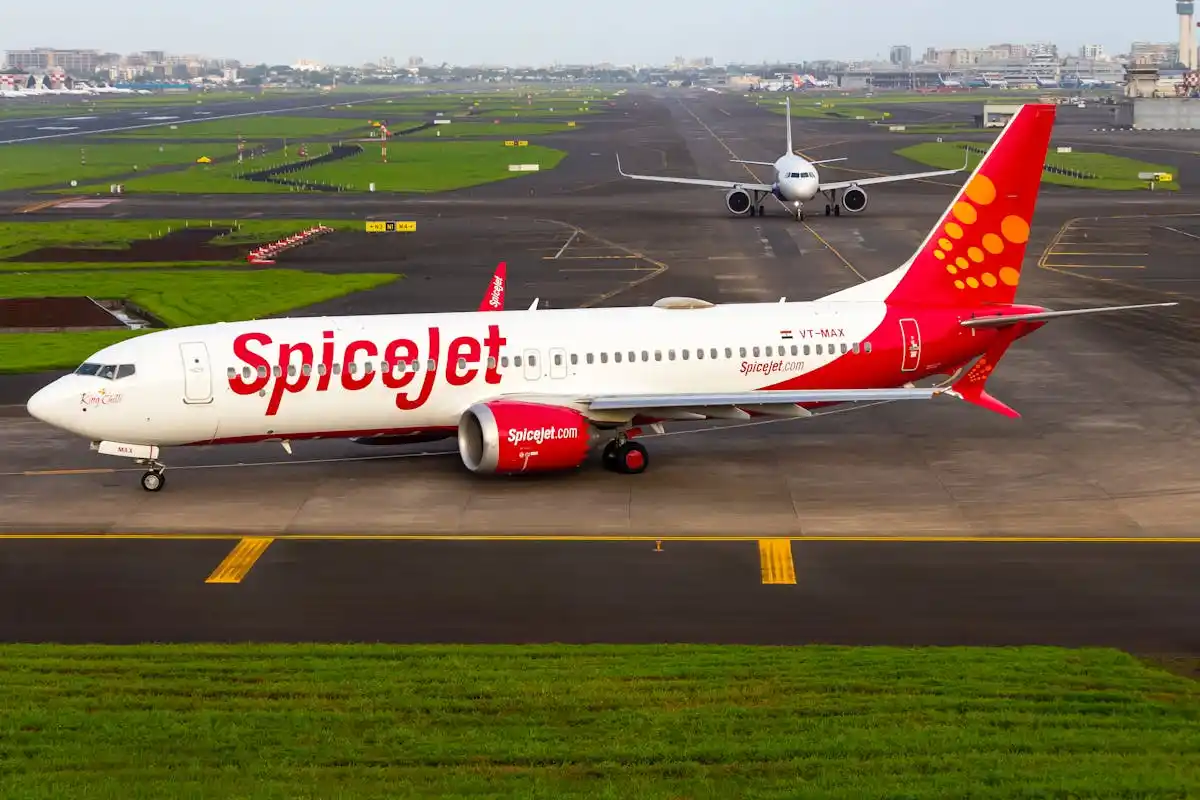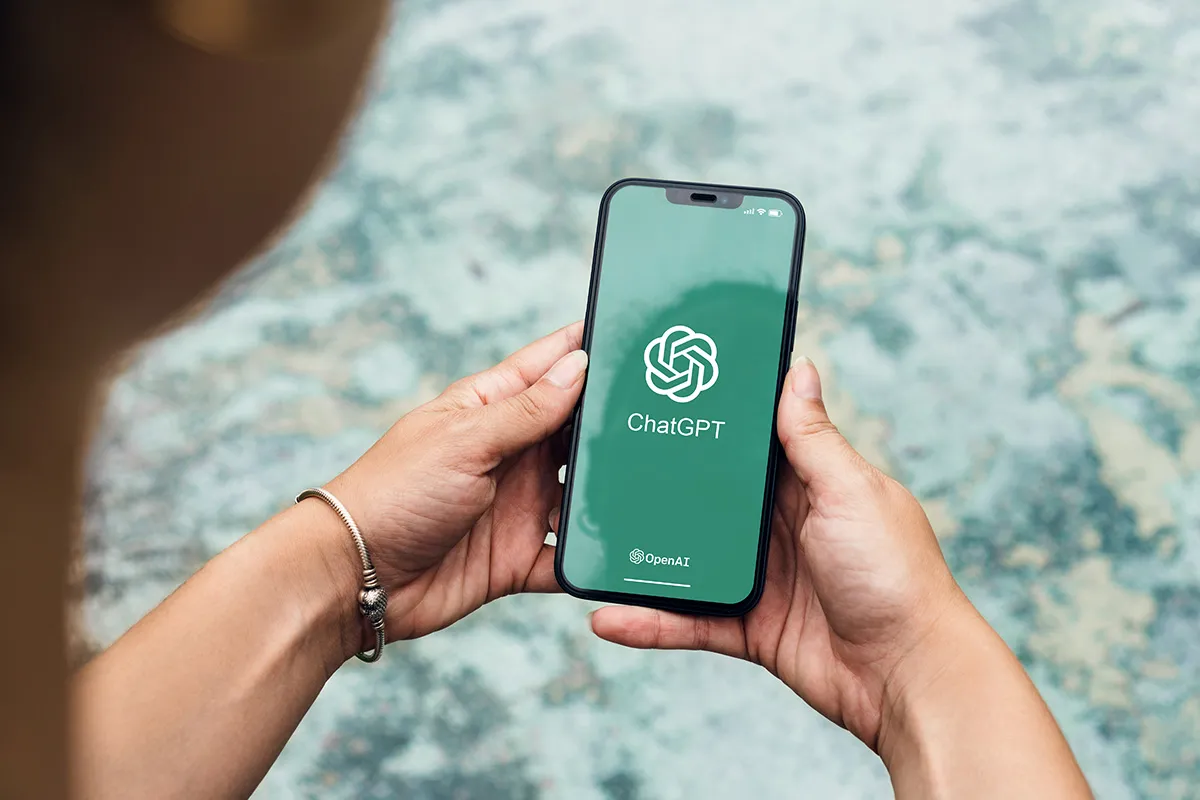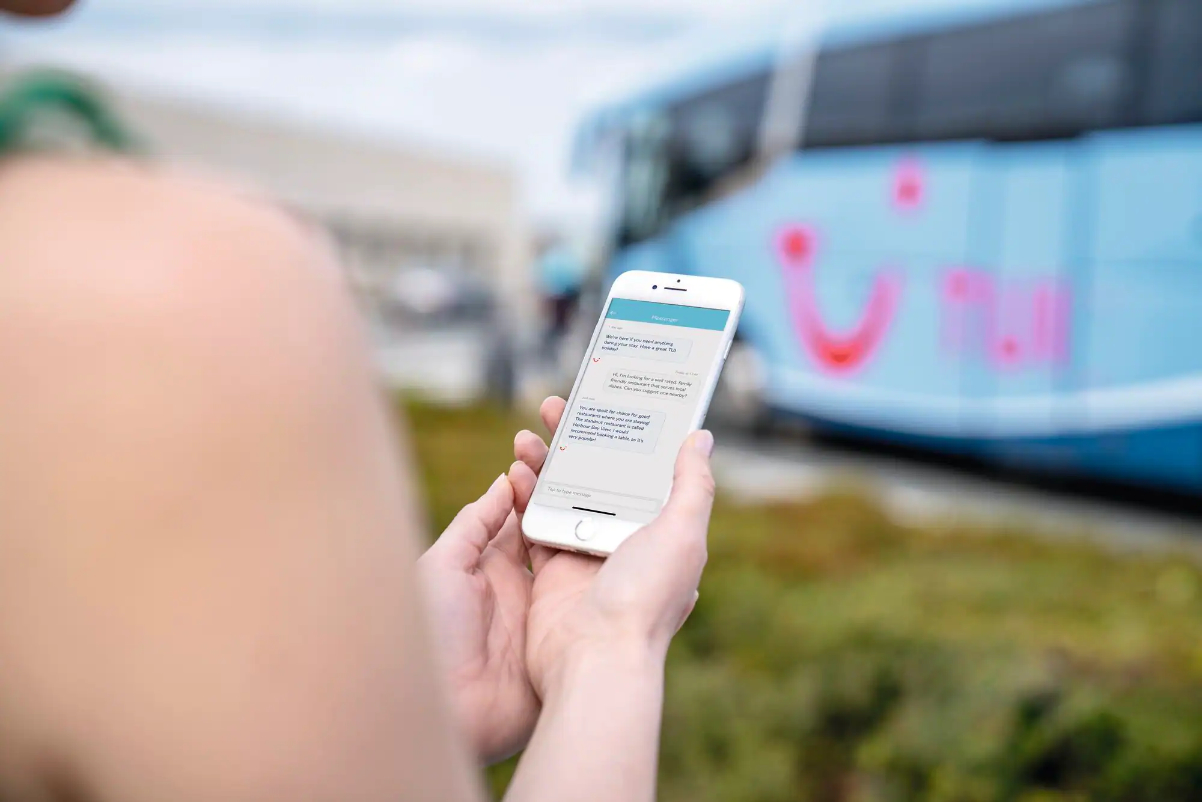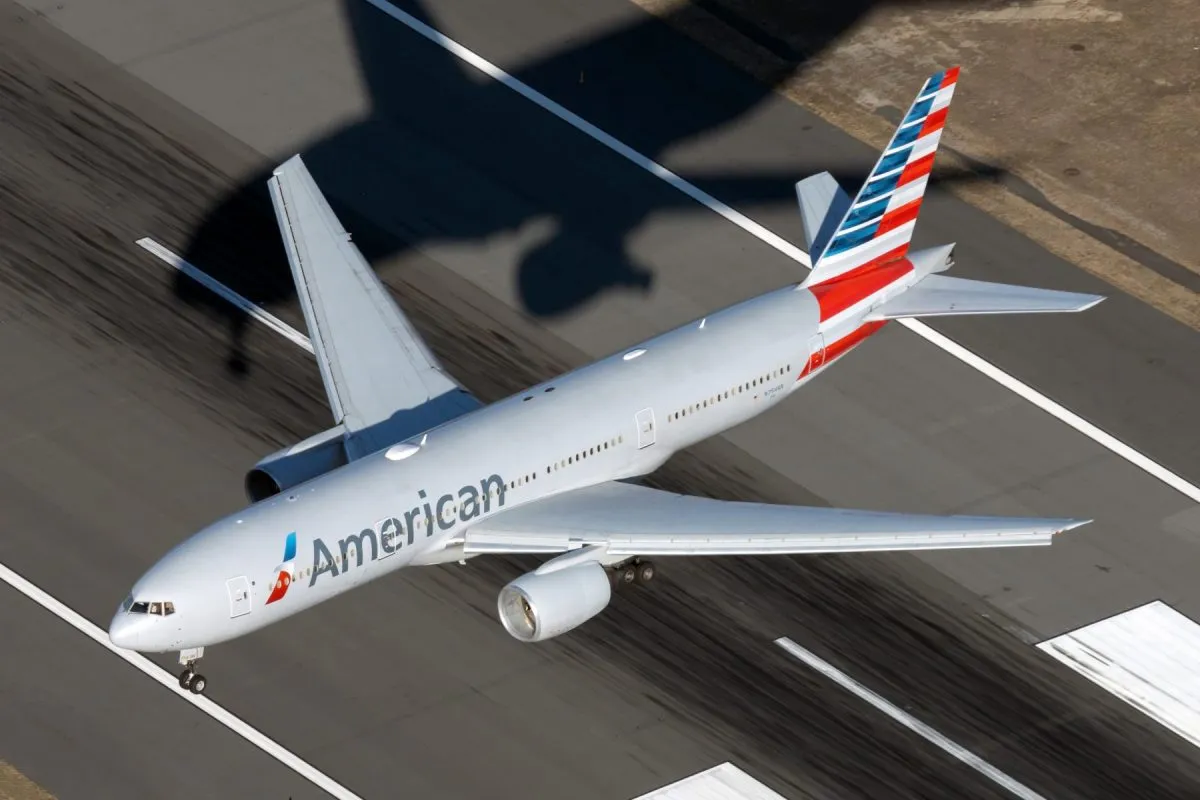Public Wi-Fi Hotspots Ease the Burden of International Travel
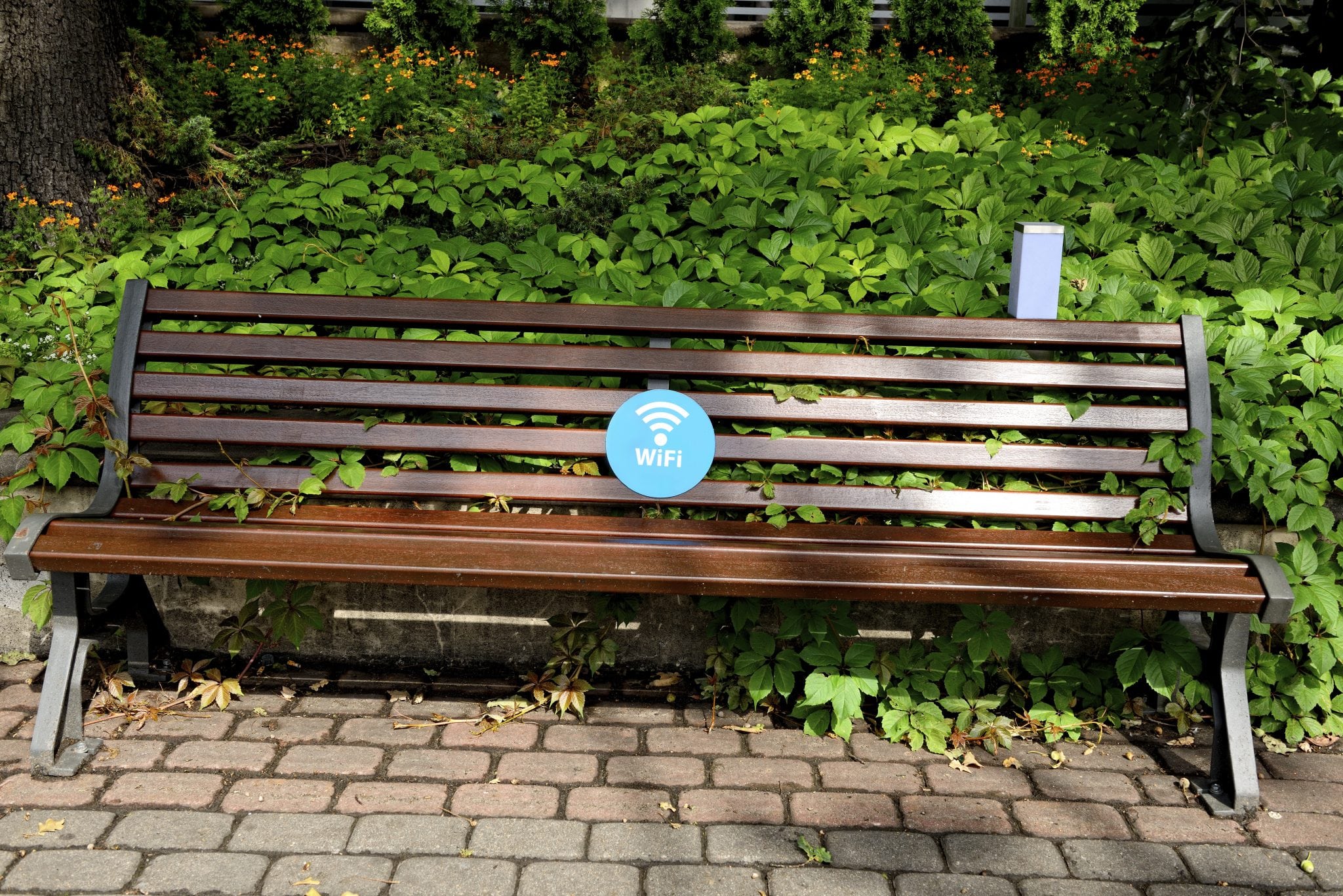
Skift Take
Connected international travel has grown dramatically over the past several years, bringing smartphone-equipped visitors to cities around the world.
Faced with expensive or nonexistent connections, travelers are turning to Wi-Fi hotspots to scan restaurants reviews and download directions.
To empower international tourists, savvy destinations are investing in free Wi-Fi hotspots in public spaces and transit systems that give travelers the ability to access information in real-time, without arriving home to massive data bills.
"It really puts all available resources at travelers' fingertips for a low cost or no cost if they have a Wi-Fi enabled device," explains William Bayne, CEO of Transit Wireless, an organization built to bring Wi-Fi to New York City’s subway stations.
"We get feedback all the time that tourists are able to avoid big roaming costs."
Providing free public connections to visitors gives cities an opportunity to communicate with visitors in real-time. This helps cities and businesses raise awareness of events and areas outside of usual tourist areas at a time when tourists can take immediate action.
"Just as the city promotes a lot of tourist attractions in the interest of economic development, Wi-Fi is a wonderful vehicle enabling visitors to learn about the city and find the information they need to visit different parts of the city,” says Dana Spiegel, executive director of NYCwireless, a New York-based nonprofit that advocates for the growth of free public wireless Internet access.
Building a city-wide Wi-Fi network comes with a high price tag and long rollout process, but it also opens opportunities new revenue streams and communication channels. Cities can charge for ads on touch screens installed at Wi-Fi hospots or seek sponsorships to subsidize the operating costs. Public Wi-Fi also helps cities quickly disseminate emergency information and creates new jobs for residents.
While most major cities today have experimented with public Wi-Fi programs, only a handful are ambitiously setting out to provide free city-wide coverage. Here are some of the smart ways cities are bringing Wi-Fi to their visitors.
Parks & Public Spaces
New York City, which welcomed more than 54 million visitors in 2013, is one of the most connected cities for travelers today and is actively working to make public networks ubiquitous throughout the city. In order to do so, it is attacking the opportunity from a number of angles, namely public and private initiatives.
“By establishing innovative partnerships we’re transforming New York City into a hub for wireless connectivity,” says Lara Torvi, director of communications and intergovernmental affairs at the NYC Department of Information Technology & Telecommunications.
“Collaborations enabling free public Wi-Fi include our cable franchise agreements, payphone pilot programs, private donations, and federal grant funding.”
One of its most widespread and successful initiatives so far has been the introduction of free Wi-Fi at more than 60 New York City parks. Visitors can log in for ten minutes or for several hours at time, but access, provided by local cable companies and AT&T, is only free in approximately one-third of parks.
Parks and public spaces like museums and squares are actually the most likely place to offer Wi-Fi worldwide. Travelers in Helsinki, Hong Kong and Paris can all connect to Wi-Fi in parks, museums, and other public buildings for free.
Payphones
Another way to spread free connectivity throughout the city, and outside of parks and public spaces, is by giving underused payphones new life as Wi-Fi hotspots.
On May 1, New York City announced plans to turn 7,300 public payphones into one of the country’s largest free Wi-Fi networks by 2015. The news comes after an initial two-year pilot program sought feedback on 27 payphone hotspots, which provided free wireless service over a 200 foot radius.
The redesigned payphones may also include charging stations and touch screens with maps and popular tourist information.
UK cities started installing Wi-Fi hotspots in payphones as early as 2003. London has since converted some 1,800 payphones into Wi-Fi hotspots.
In Boston, private companies took it upon themselves to briefly broadcast free Wi-Fi from 16 payphones starting in 2013. The companies are now considering whether or not to light them back up as part of a larger deployment.
The city of Boston; however, has taken a different routes. The city’s Department of Innovation Technology rolled out a new city-wide Wi-Fi network in April. The new Wi-Fi roll-out is built on the city’s fiber networks. Boston's chief information officer says payphones were never considered because they are not owned by the city and there are two few of them to create comprehensive coverage.
Underground Technologies
Although parks and payphones spread Wi-Fi service around shopping areas and tourist areas, another ambitious project is taking place beneath many city streets.
New York City is expected offer free Wi-Fi at all of its 278 underground subways stations by 2017 and Transit Wireless, the organization tasked with outfitting the city’s 110-year-old subway system with wireless infrastructure, will have 76 stations online by September.
The organization recently released user data and, unsurprisingly, found that stations whose networks were used the most were located in heavily trafficked tourist locations including Times Square, Columbus Circle, and Rockefeller Center.
Transit Wireless CEO William Bayne says it's taken 5 years to get its network to where it is today. The process included securing license agreements with the MTA, building a fiber optic franchise, and installing equipment -- not easy in a 110-year-old subway system.
"The starting point is, A, achieve the license to do it, B, get city and state support, and C, start to build a network," summarizes Bayne.
Other cities around the world are also turning transit systems into reliable hotspots.
In London, visitors can connect to Wi-Fi for £2 a day or £5 a week at 137 Underground and for free or £7 a month at 56 Overground stations city-wide. Los Angeles announced plans in February to roll out free Wi-Fi on all subway lines by 2016.
Earlier this year Bangalore became the first Indian city to offer visitors free Wi-Fi for up to three hours a day. The Australian city of Perth offers visitors free Wi-Fi one hour at a time. Buenos Aires currently has 219 Wi-Fi hotspots and plans to increase that number to 450 by the end of the year.
Overall, smaller cities and countries including the Estonian capital of Tallinn and South Korea have had the most success at blanketing their borders with free wireless service.
Off the Grid
There are, of course, apps like Evernote, Google Translate, and TouristEye that store pre-researched information or take pains to point out that they work offline.
But the preparation needed to download maps and venue information before arrival takes away from the real-time benefits of mobile devices.
Still, some travelers might prefer to travel offline altogether. Not only for a digital detox, but to avoid unknowingly sharing personal data.
"One of the challenges for visitors to the U.S. has been the massive amount of data capture that goes on,” says Spiegel.
“It can sometimes be a little scary for people from out of town to connect to a network, because they don't know what's being monitored or tracked."


